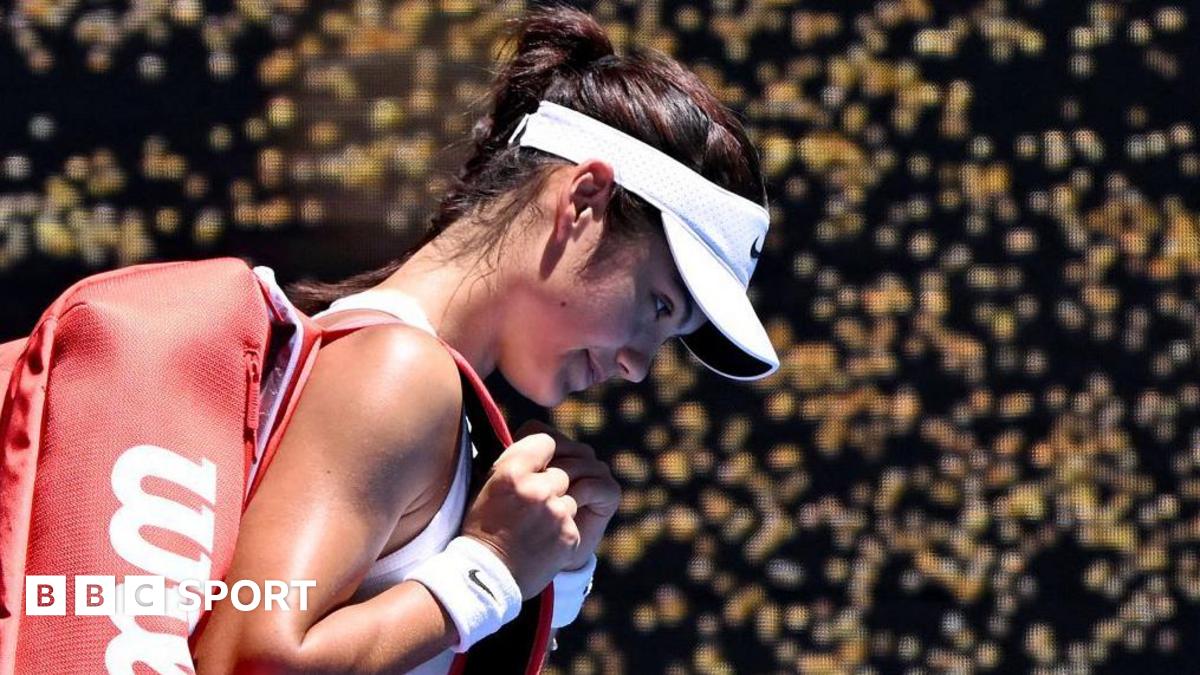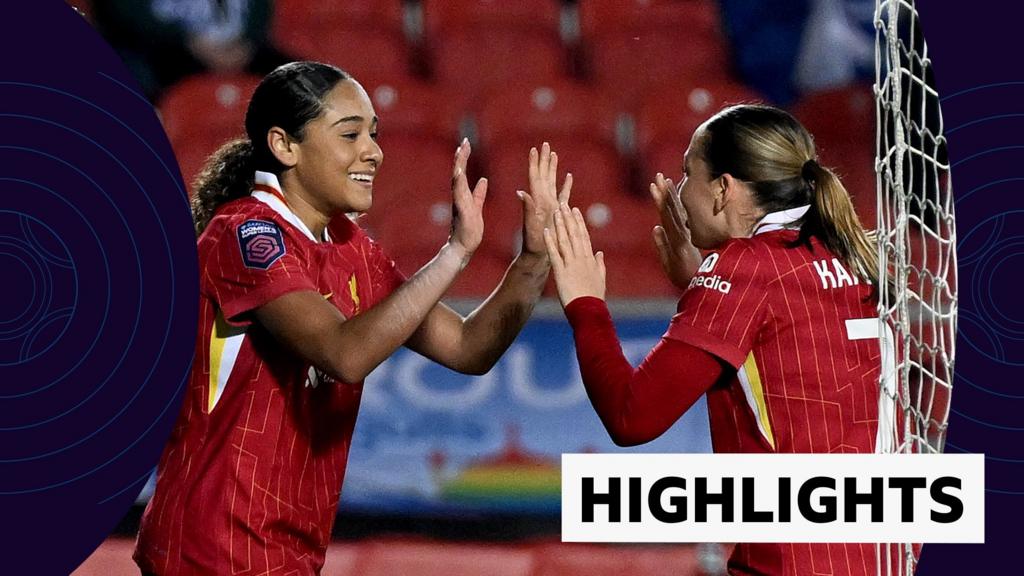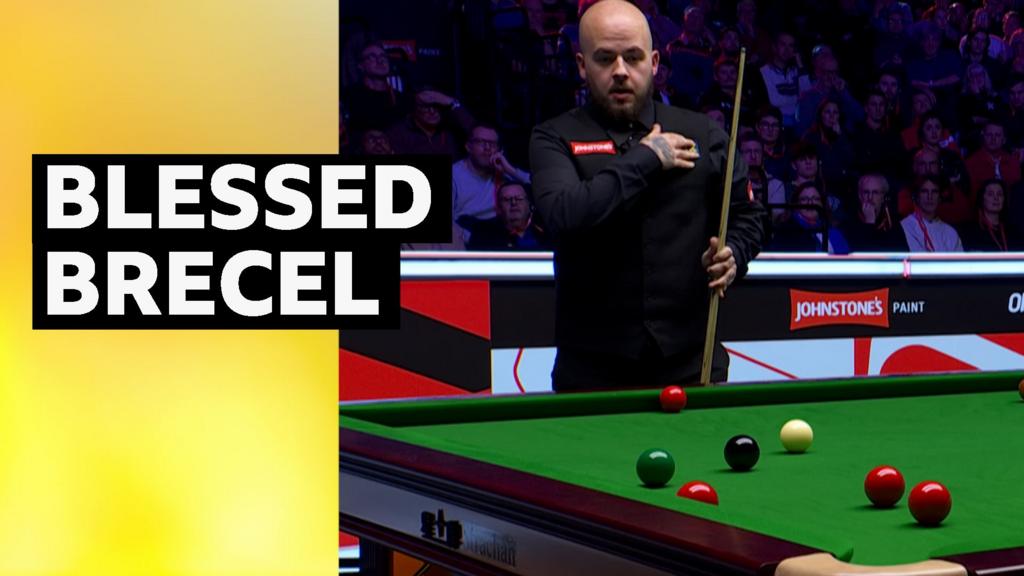ARTICLE AD BOX
"We don't sell dreams," insists AS Monaco's academy director Sebastien Muet, but the Principality club's prestigious academy is certainly in the business of making them.
Gazing out from the La Diagonale Academy Centre, the iconic arches of the Stade Louis II dominate the skyline - an almost ominous daily reminder for the young players of the objective, to follow in the footsteps of the likes of Thierry Henry and Kylian Mbappe.
More recently, they have present-day stars Eliesse ben Seghir, Maghnes Akliouche, and Soungoutou Magassa to look up to.
"Monaco is one of the best academies in France, in the world, in terms of producing young players. It comes from the DNA of the club," says former Liverpool defender Djimi Traore, now manager of Les Monegasques' academy side.
The academy withdrew from the lower tiers of French football back in 2022, instead choosing to enrol in the Premier League International Cup. It is a decision that now-Newcastle United sporting director Paul Mitchell attributed to the rise of Ben Seghir, a nominee for this year's Golden Boy award.
This year, they are also competing in the Uefa Youth League, already beating Barcelona and Benfica, two of the most renowned academies in world football, as well as the newly-founded Challenge Espoir, a league for France's most prestigious academy sides.
Monaco's calendar is designed to act as the final stepping stone between youth and professional football.
For Muet, however, the groundwork for success is laid years in advance, in recruitment. At his former club FC Metz, he was involved in the renowned Generation Foot project, noting that he was "one of the educators that welcomed" Sadio Mane to the club.
At Monaco, the project is somewhat different, more local.
The specific geographical context of Monaco, with Italy to the east and Nice 20km down the road west, has been perceived as a hindrance in Les Monegasques' attempts to recruit locally.
"There is no local pool of young players," stated former Arsenal and Monaco manager Arsene Wenger earlier this year.
"The Nicois go to OGC Nice and as there aren't local players, the club is obliged to recruit from the whole of France for their academy," he added, going on to emphasise the advantages, rather than the drawbacks of the situation.
The truth is somewhat more nuanced. Ben Seghir hails from the town of Frejus, less than 90km down the coast, while Euro 1984 winner Bruno Bellone made the short journey from Cannes.
"We are attentive to potential be it at 3km, 5km, 300km or 600km, there isn't a big difference. We have associations with clubs in the region and across France, which allows us to be attentive everywhere. Monaco isn't a club that recruits from far away, just a club that recruits well," says Muet.
"I would say that it is easy to convince players to come to this club," adds Monaco's CEO Thiago Scuro, formerly part of Red Bull's network of clubs with RB Bragantino in Brazil.
Ben Seghir rejected the chance to join Marseille in favour of joining Les Monegasques - given Monaco's track record of developing youth, it is clear to see why.
Casting a wide net across the whole of France, Monaco attract the creme de la creme.
Mbappe is the poster boy in Monaco's glowing recruitment process, and one of many from the Ile-de-France's rich talent pool to make the move down to the Principality.
Mbappe's path is traced by Akliouche and Magassa in more recent years. However, the Real Madrid forward in many ways represents an exception.
Monaco's current crop, Ben Seghir, Akliouche, and Magassa have all netted in this season's Champions League campaign and all have succeeded in establishing themselves in the first-team set-up, just as Mbappe did.
But unlike with the France captain, there have been dips in the road and patience has been required.
Akliouche, for example, showcased his technical ability early on, especially in his first professional start: a Coupe de France fixture in February 2022. However, like many young players, consistency was an issue.
"Maghnes has developed well over the past weeks and months, but for now he's showing it more in training than in matches," said Philippe Clement, Monaco manager at the time, in late 2022.
Patience is a cornerstone of Monaco's success in initiating academy players.
"Eighteen-year-olds aren't ready to play top-level football, but today the industry wants them to be," notes Scuro.
Troare compares it to when he was breaking into the professional game in the 1990s. "Back then, there was an opportunity but sometimes it was a one-shot. You had to be good straight away to get another chance," he recalls.
That is certainly not the case at Monaco, who afford players the chance to develop within the first-team set-up, while also providing an environment in which they can thrive.
Academy players regularly train with the first team and those that don't train with Traore at an adjacent pitch at the club's new performance centre in La Turbie.
"Today we have a clear process to allow [the academy players] to have exposure to the first team. This is how you create the path," says Scuro. The emphasis is on incrementalism, not flash-in-the-pan moments.
Such experiences allow the players to adapt to the increased physicality of the professional game - tactical adaptation is not an issue with the two sides practising the same brand of high-intensity, attacking football.
It is one of many synergies embodied by Damien Perrinelle, former manager of the Groupe Elite and now an assistant to first team manager Adi Hutter.
The Frenchman remains an ever-present at Youth League matches, relaying the individual performances from the academy side, such as that from Joan Tincres, who was on the bench to face Benfica in the Champions League just hours after impressing in the Youth League game. Progress does not go unrecognised.
"I wouldn't say that it is a reward but we are attentive to encouragement," says Muet, referring to this concept where - at least - one academy product is included in the Youth League and Champions League squad on the same day.
"We are attentive to giving positive signals to players that have the mindset that we want and also to send a message to the players that don't [yet] have that mindset."
But more broadly, the space within the first-team squad is created in order to allow Monaco's academy to flourish.
"For me, we should be two-thirds development players and one-third performance players. Monaco can't have a 26 or 27-year-old player that doesn't have a real impact on the team because we have to develop young players," says Scuro, who has to balance player development and high-level performance, both in the Champions League and in Ligue 1.
Scuro, however, wants to go further: "Today we have six academy players in the squad, the desire is, through the process, to raise this number that we can achieve a point where we have 50% of the squad coming from the academy. We know that this is a big challenge and a long-term process."
Europe's sixth-most valuable academy according to figures from the CIES Football Observatory, Monaco are putting their players in the shop window thanks to their Champions League performances this season.
"We have lots of young talents: Ben Seghir, Akliouche, Lamine Camara... No-one knows them really well in Europe. It is a good stage to present them," said Hutter before Monaco beat Barcelona in their opening Champions League game this season.
Producing such players consistently is a big part of Scuro's mandate, set by owner Dmitry Rybolovlev.
The end goal, however, is not necessarily for Monaco to become a form of talent factory, polluting the squads of Europe's elite - player retention is also on the agenda.
"There is too much focus on business in football, our job is to build a team, build performance, so if a player comes from the academy, becomes a consistent player at a professional level and plays here for 10-15 years, it is a big achievement, it doesn't mean that it is a failure because this player was never sold."
"The academy is a crucial pillar in the organisation," adds Scuro.
It is certainly one that assures the club's structural integrity, both on and off the pitch.

 1 month ago
7
1 month ago
7








 English (US) ·
English (US) ·